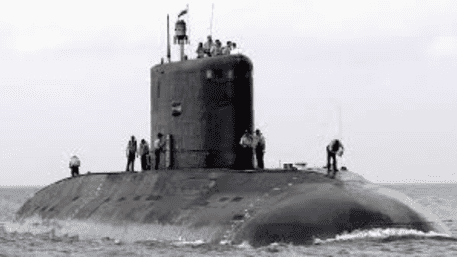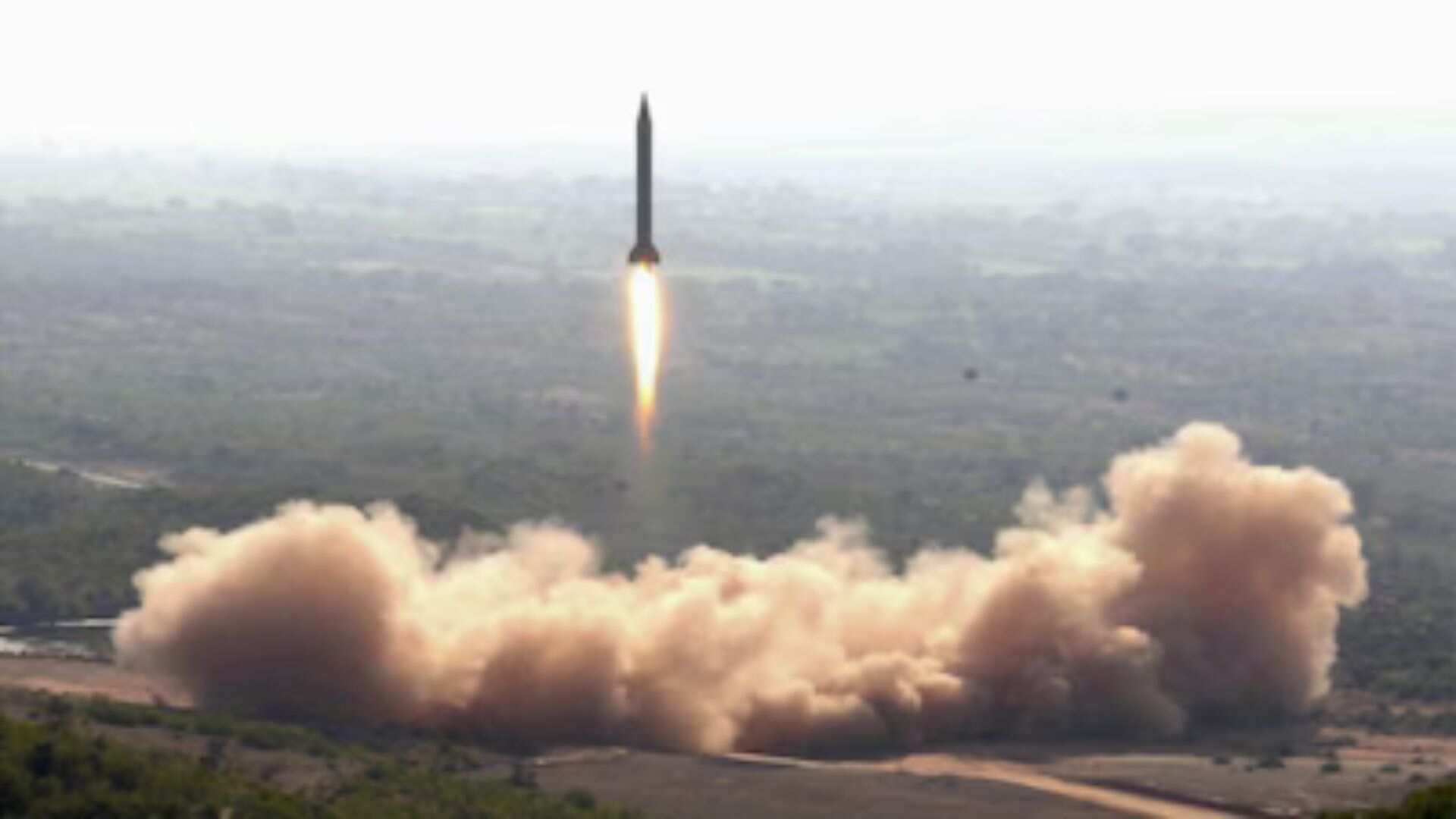
The Indian Navy has approached the government for approval to build two nuclear-powered, conventionally armed submarines (SSNs) due to delays in its “Project Delta” initiative, which aims to expand its submarine fleet. This delay, largely caused by Russia’s ongoing conflict with Ukraine, has pushed the project’s timeline beyond 2027. The Navy’s move is seen as crucial for bolstering India’s deterrence capabilities in the Indo-Pacific region.
Approved in 2015 as part of a long-term defense strategy, the Indian government’s 30-year submarine plan includes the construction of six SSNs. However, the immediate focus is on securing an acceptance of necessity (AoN) for the first two submarines. Discussions at the highest levels of government are ongoing to expedite this process.
India’s naval strength is already formidable, with the INS Arihant, a nuclear-powered, nuclear missile-armed submarine (SSBN), actively patrolling the Indo-Pacific. Its sister ship, the INS Arighat, is set to be commissioned soon, and a third SSBN, the INS Aridaman, is expected to join the fleet early next year. These submarines form a critical part of India’s nuclear triad, ensuring a robust second-strike capability.
Originally, “Project Delta” involved leasing Russian Akula-class SSNs. However, this plan has been delayed due to Russia’s preoccupation with the Ukraine conflict and ongoing technological sanctions that may persist until at least 2028. In response, the Indian Navy has decided to build its own SSNs after completing the construction of three additional Kalvari (Scorpene) class diesel-electric submarines at Mazagon Dockyard in Mumbai.
The strategic choice to pursue SSNs is driven by several factors. Unlike conventional submarines, which need to surface every two days to recharge batteries, SSNs are limited only by the endurance of their crew and the availability of supplies. SSNs can maintain a speed of 20 knots underwater, significantly faster than the four to five knots achieved by diesel-electric submarines, even those with air-independent propulsion.
The need for these advanced submarines is underscored by China’s increasing naval presence in the Indian Ocean. The Chinese Navy has plans for long-range patrols in the region and has already supplied Pakistan with Yuan-class submarines. Last year, a Chinese Song-class submarine participated in joint exercises with Pakistan, demonstrating its capabilities in Karachi’s harbor. Additionally, Bangladesh has acquired two Ming-class submarines from China.
SSNs are also essential for countering the strategic maneuvers of Chinese submarines, which have been using the Ombai-Wetar straits near Australia, a key QUAD ally, to enter the Indian Ocean undetected. These submarines have been surveying key areas such as the 90 degrees East Ridge and the South Indian Ocean, extending their reach as far as Africa’s western coast.
While SSBNs are crucial for nuclear deterrence, SSNs offer a more versatile and strategic advantage. India’s current SSBNs, all part of the Arihant class, are armed with K-15 ballistic missiles with a range of 750 km. Future classes will carry the longer-range K-4 ballistic missiles, capable of reaching targets up to 3,000 km away.
The Indian government, led by Prime Minister Narendra Modi, recognizes the importance of SSNs for maintaining a credible deterrence posture. However, the onus is on the Indian Navy to convince Defense Minister Rajnath Singh and the nation’s security planners to move forward with this critical project.















